Introducing ‘A Seat at the Table’
This new series celebrates how people of color are changing the food world
THIS ARTICLE IS ADAPTED FROM THE APRIL 8, 2023, EDITION OF GASTRO OBSCURA’S FAVORITE THINGS NEWSLETTER. YOU CAN SIGN UP HERE.
I have a confession to make: I haven’t always loved Chinese food. I was the product of a predominantly White suburb, where people tended to view my grandparents’ complicated cuisine as, at best, cheap takeout. I preferred chicken nuggets and pasta with butter as a child, and it wasn’t until adolescence that I began eating my mom’s mapo doufu with gusto.
Luckily for kids of color everywhere, a new generation is fighting to ensure that non-Western foods get the respect they deserve. Afrocentric pop-up dinners in New York, indigenous-focused Tex-Mex restaurants, and documentaries on the trials and triumphs of Peruvian-Chinese restaurateurs all proudly proclaim the deliciousness and sophistication of their cuisines.
Last fall, Gastro Obscura launched a Q & A series with people of color who are reclaiming their culinary heritage and creating today’s food culture. We’ve titled it A Seat at the Table. Former U.S. Congresswoman Shirley Chisholm, the first African American woman in Congress, once said, “If they don’t give you a seat at the table, bring in a folding chair.” In the spirit of trailblazers like Chisholm, these chefs, storytellers, and entrepreneurs make room for themselves in a multicultural world.
The phrase “a seat at the table” has also been linked to the poem “I, Too” by African American writer and activist Langston Hughes:
I am the darker brother.
They send me to eat in the kitchen
When company comes,
But I laugh,
And eat well,
And grow strong.
Tomorrow,
I’ll be at the table
When company comes.
Nobody’ll dare
Say to me,
“Eat in the kitchen,”
Then.
“Besides,” he writes, “They’ll see how beautiful I am/And be ashamed.” Here are some of our favorite Q & As with people of color showing the world just how beautiful their cuisines are.
The Sweet and Sour Origins of Amish Soul Food

Lemonade fried chicken, vinegared sweet potato pie, stewed turkey neck with egg noodles: chef Chris Scott’s dishes might sound like the whimsy of a former Top Chef star, but they’re actually the cuisine of the African American community Scott grew up around in Pennsylvania’s Amish country.
Amish soul food, as Scott calls it, reflects the co-mingling of Amish and Southern African American food traditions, two cuisines that make the most of limited resources for delicious meals. In my conversation with Scott, he talks about how he overcame prejudices against Black cuisines to bring the story of his grandmother’s delicious, largely plant-based Amish soul food to the world.
How Thailand’s ‘Happiness Farmer’ Built an Oasis of Simple Living
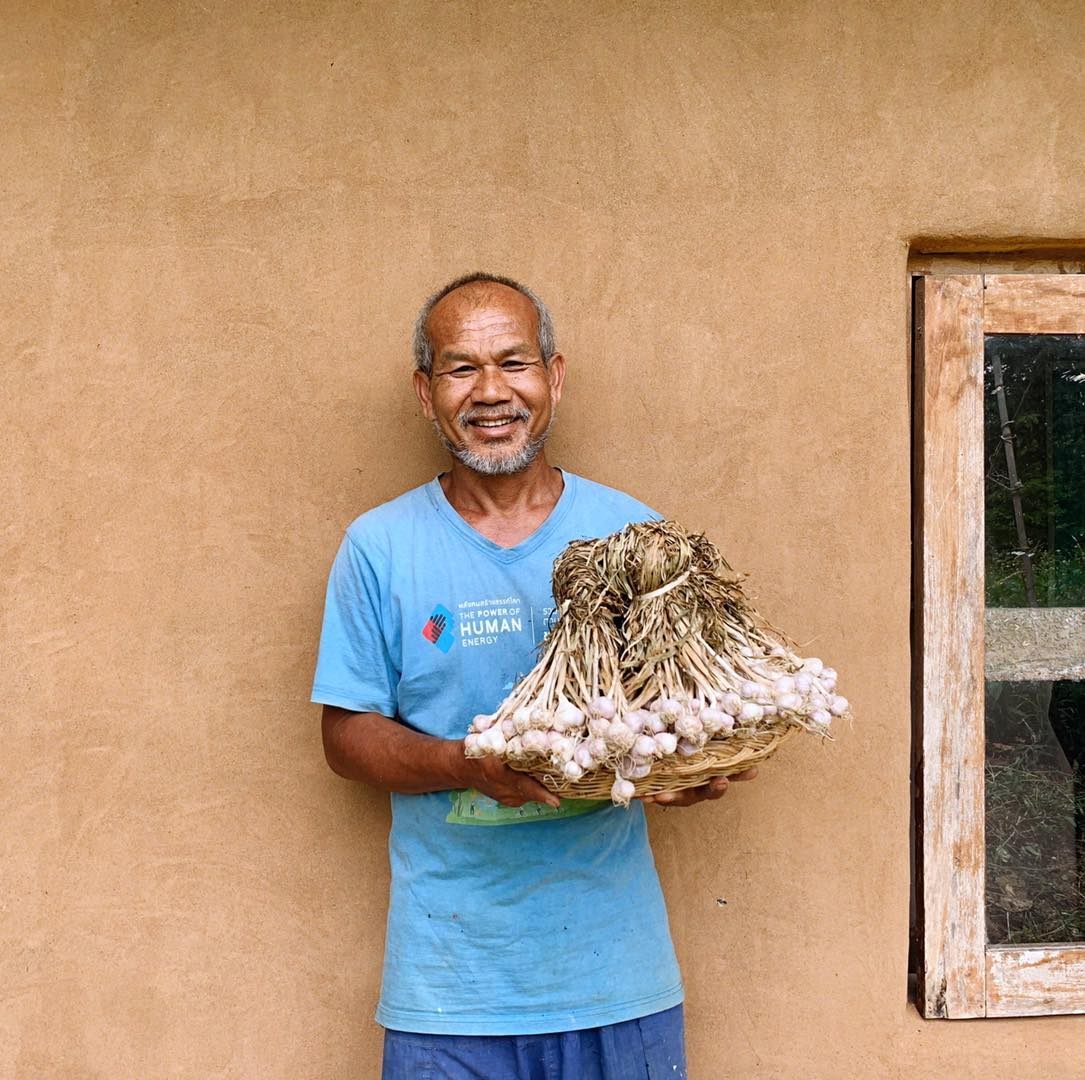
In Thailand, where cash crops are rapidly replacing long-cultivated plants, Jon Jandai has created a viable alternative based on indigenous fruits and vegetables such as small, sweet eggplants and white-fleshed cucumbers. At the Pun Pun Center for Self-Reliance, Jandai and his wife, Peggy Reents, have taught thousands of students how to grow their own food, build their own homes, and tend to their own ailments.
Adherents to Jandai’s model don’t make much money, but they keep their costs low, and only have to work a few hours a day, leaving them most of the day to enjoy themselves, he says. I spoke with Jandai about his childhood in a village in Northeastern Thailand, the plants and cooking techniques he is busy preserving, and the appeal of a simple, blissful agricultural lifestyle.
Remembering Caesar, Colonial Virginia’s Enslaved Chocolatier
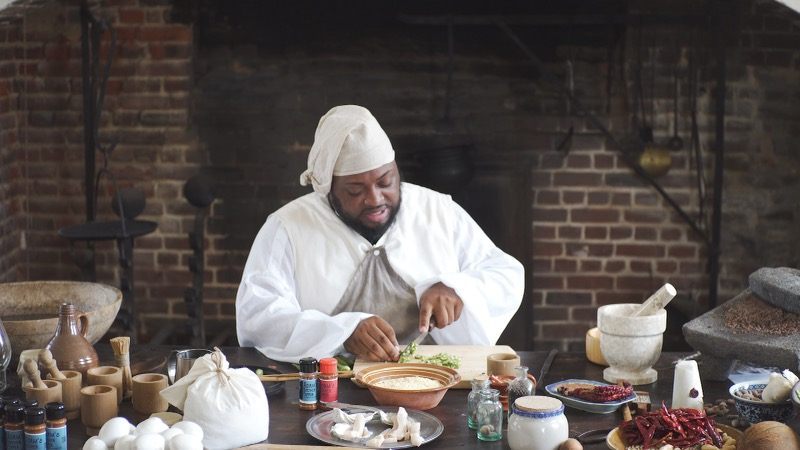
“It’s a life mission to be able to help the world understand that people like Caesar existed,” says historical interpreter Dontavius Williams. Caesar was the head chef of Stratford Hall, the birthplace of Robert E. Lee, during the mid-1700s, where he was one of the colony’s only chocolatiers as well as the maestro of a 24-hour kitchen that would prepare roast pheasant, oyster stew, and elaborate cakes at banquets for the elite.
Williams shares Caesar’s story with visitors to Stratford Hall, many of whom are nostalgic for the old Confederacy, and uses food to change their minds about Black culture in the South.
The Woman Preserving the Endangered Cuisine of Indian Jews
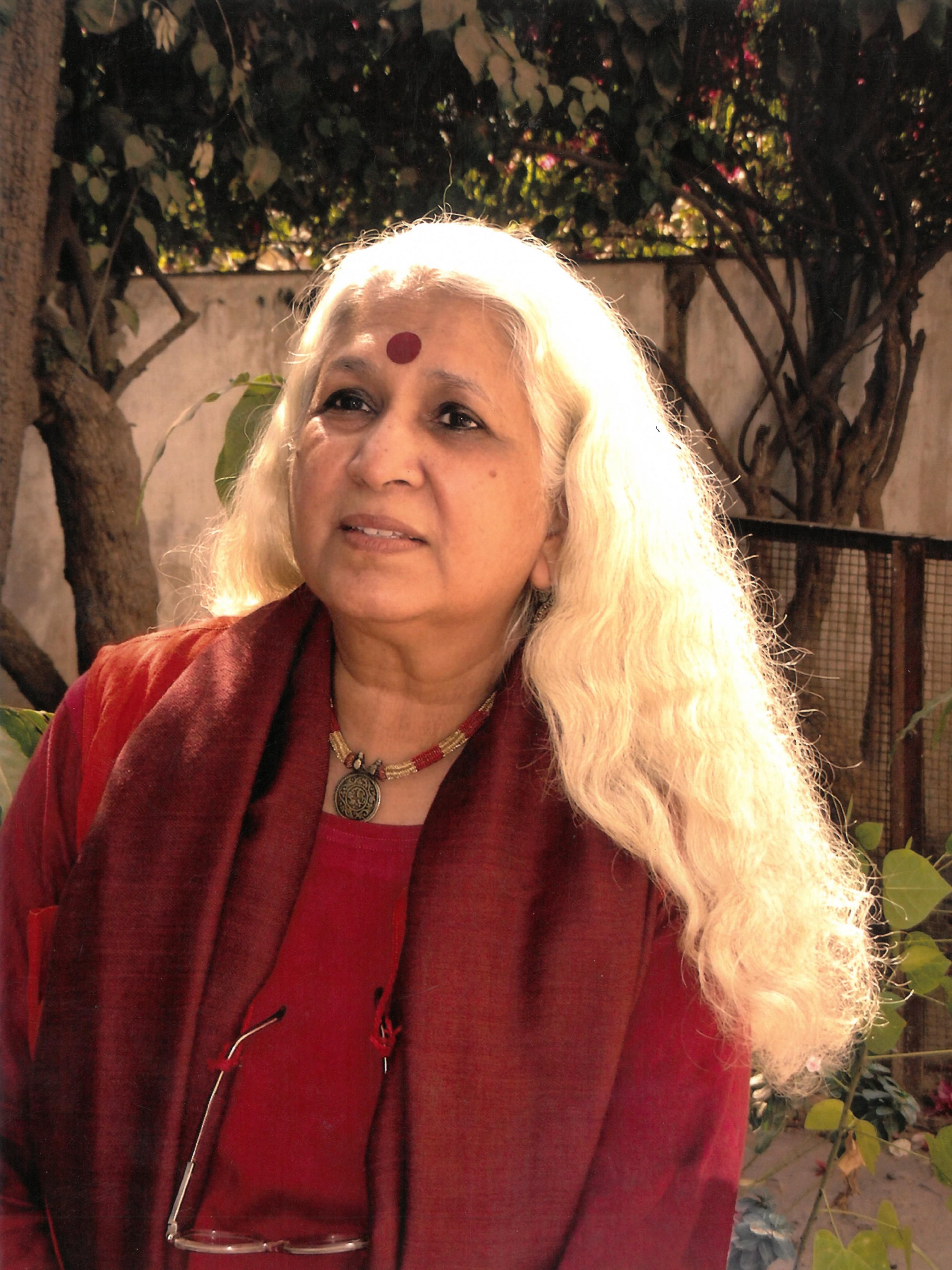
As a Chinese-Jewish food writer, I’ve often been dismayed at the lack of recognition of non-Western Jewish cuisines. Indian-Jewish novelist, journalist, and researcher Esther David fills this literary void and then some in her new book Bene Appétit: The Cuisine of Indian Jews.
David visited five major Jewish communities scattered throughout the country, each with a distinct origin and cuisine. Her book is the first coast-to-coast collection of the Jewish-Indian recipes, from the spice-rich foods of the Western Cochin Jews to the black rice pudding of the Northeastern Bnei Menashe Jews.
How Chinese Food Won Over the World
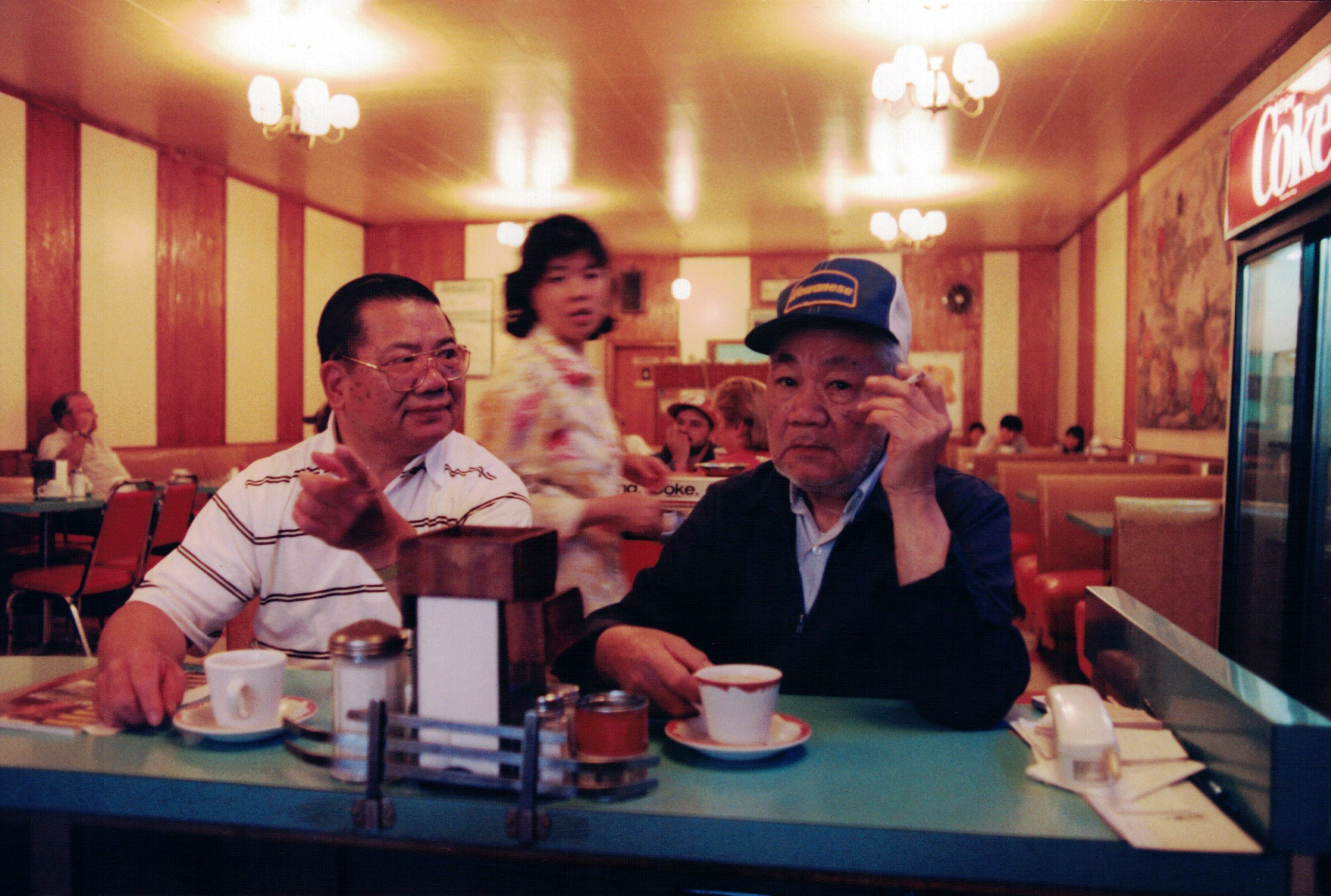
Chinese-Canadian Filmmaker Cheuk Kwan traveled some 200,000 kilometers to tell stories of 15 Chinese restaurateurs on six continents. “Running a Chinese restaurant is the easiest path for new Chinese immigrants to integrate into a host society,” Kwan writes in Have You Eaten Yet? Stories from Chinese Restaurants Around the World.
In his book, Kwan documents the varied dishes restaurateurs adapt to their new surroundings—a Cantonese-style tilapia caught fresh from the Galilee in Haifa, Israel, for example— but keeps his focus on the unsung heroes preparing them. He believes that the creativity of countless immigrants hustling to survive is what created the global phenomenon of Chinese food that we all know and love.
In This ‘Black Power Kitchen,’ Joy and Activism Collide

“Food is a weapon.” That’s the motto of culinary collective Ghetto Gastro, and the thesis of their book Ghetto Gastro Presents Black Power Kitchen. The cookbook details the way that cuisine has been used as a weapon against Black communities, how Black cooks wield it against oppression, and how to celebrate the brilliance of the African diaspora with dishes such as Caribbean green juice, saltfish takoyaki, and chopped stease sandwiches (their plant-based take on “chopped cheese”).
Designer Jon Gray and chefs Lester Walker and Pierre Serrao formed Ghetto Gastro in 2012 to bring the Bronx and Black culture into culinary and fine dining spaces, hosting a series of pop-ups ranging from an artistic collaboration drawing attention to anti-Black police violence to a Black Panther-inspired “Taste of Wakanda” meal. My conversation with Ghetto Gastro and co-writer Osayi Endolyn offers a snapshot of the world according to this avant-garde team.
Gastro Obscura covers the world’s most wondrous food and drink.
Sign up for our regular newsletter.








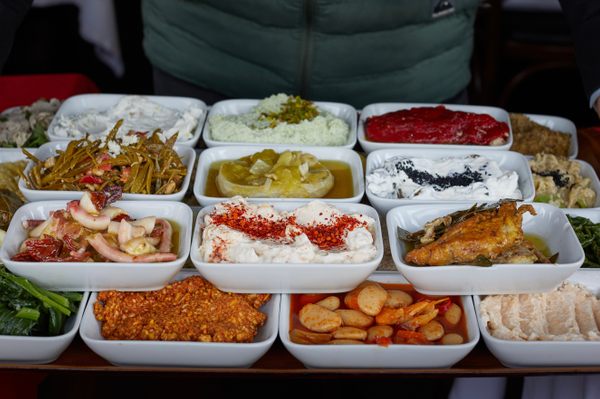

















Follow us on Twitter to get the latest on the world's hidden wonders.
Like us on Facebook to get the latest on the world's hidden wonders.
Follow us on Twitter Like us on Facebook